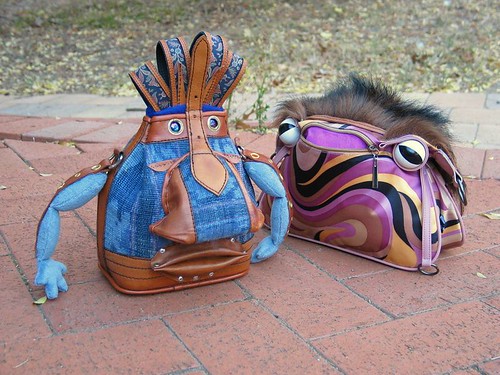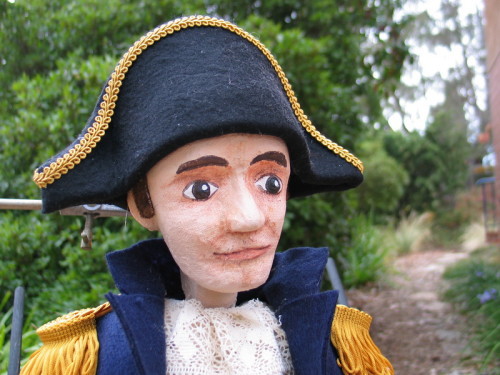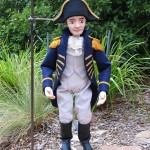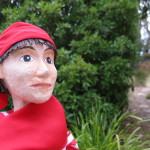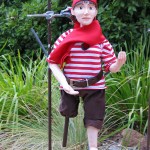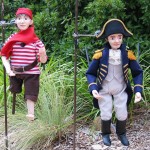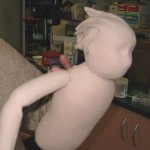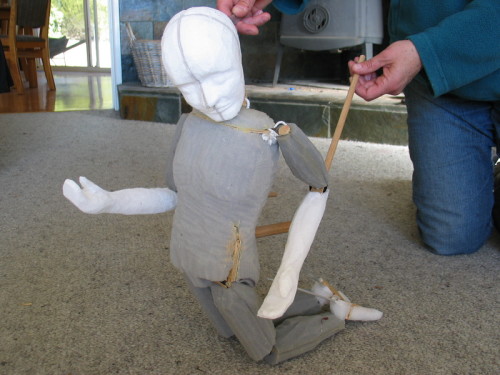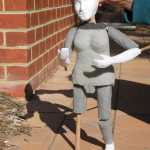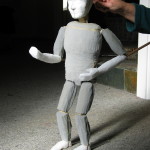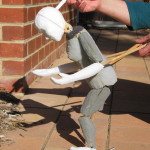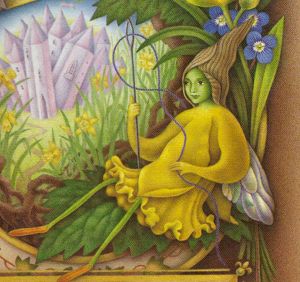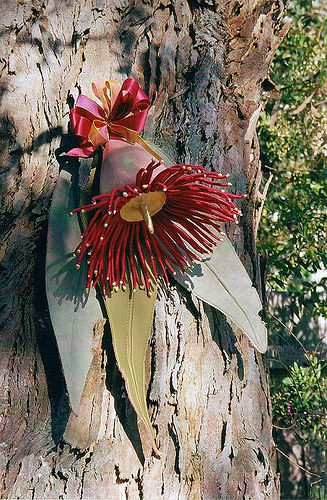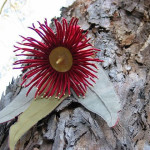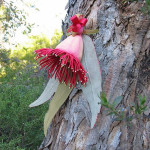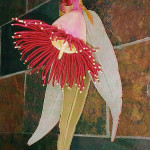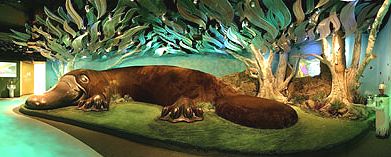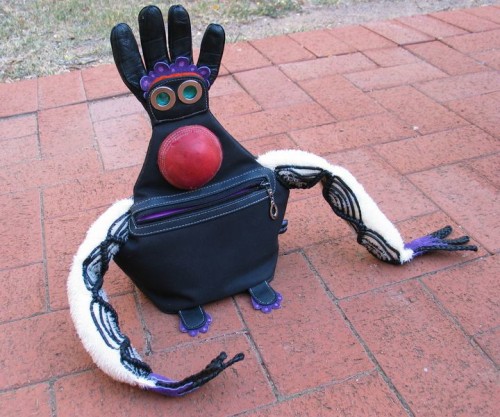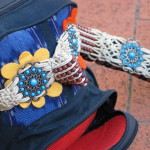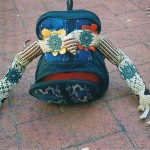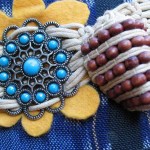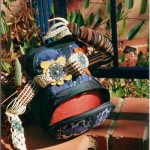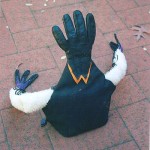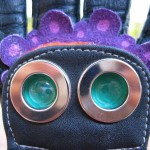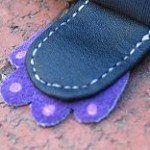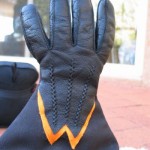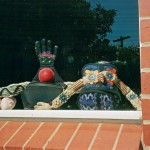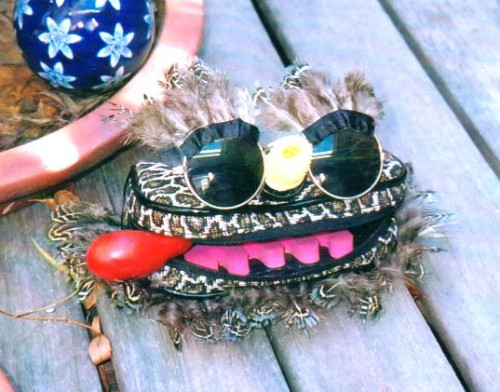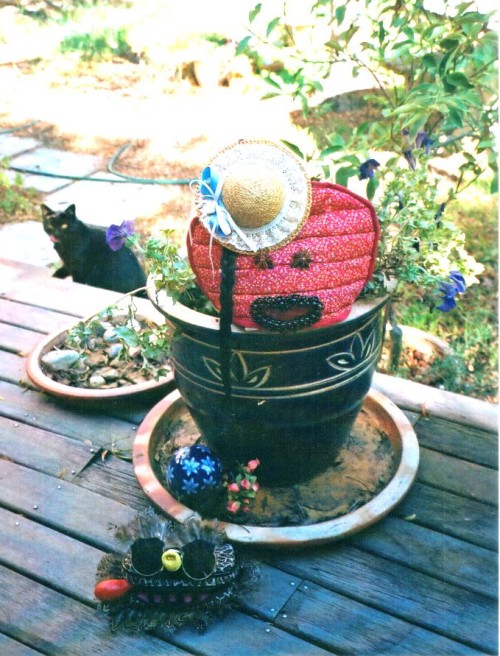Over at Puppetry Australia, Sean Manners has put together a pictorial account of the building of the parade puppets for Nature Band, a community puppet project that ran as part of the One Van Puppetry Festival earlier in the year, held in Blackheath in the Blue Mountains out of Sydney. The puppets, five yellow-tailed black cockatoos, four trees and three
waratahs, were made by participants in community workshops that were held over several months.
‘The puppets were initially designed by Jenny Kee; realized by Paula Martin, a local designer and sculptor; the workshops were facilitated by Sean Manners, puppeteer and community artist; and the performance and project as a whole was directed and choreographed by Sue Wallace of Sydney Puppet Theatre.’
The Victory Theatre Cafe and Antique Centre in Blackheath has a cool community mural along one side, that surely must also have been designed by Kenny Kee:

There is also a bus shelter on the edge of Blackheath that I liked because it has been painted to celebrate the puppetry festival (click on the thumbnails for larger images):


I heard the distinctive yellow-tailed black cockatoo calls when I was in Blackheath. They are wonderful birds, quite big – about 60cm – and I always feel its a good omen when they are about, though their calls are somewhat plaintive. In Canberra it used to be quite rare to see these cockatoos, but since the devastating bushfires in January 2003 they have moved into the suburbs. A few weeks ago, we had the first ones in our garden. They spent several hours ripping the bark and branches of a dying gum tree to bits in search of borer insects.
